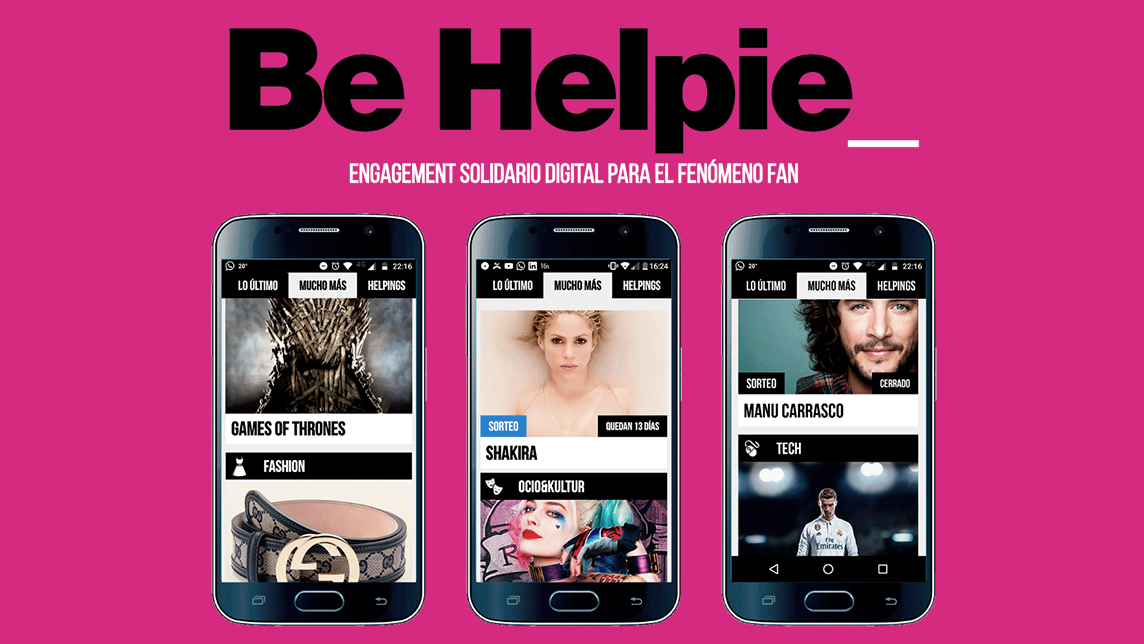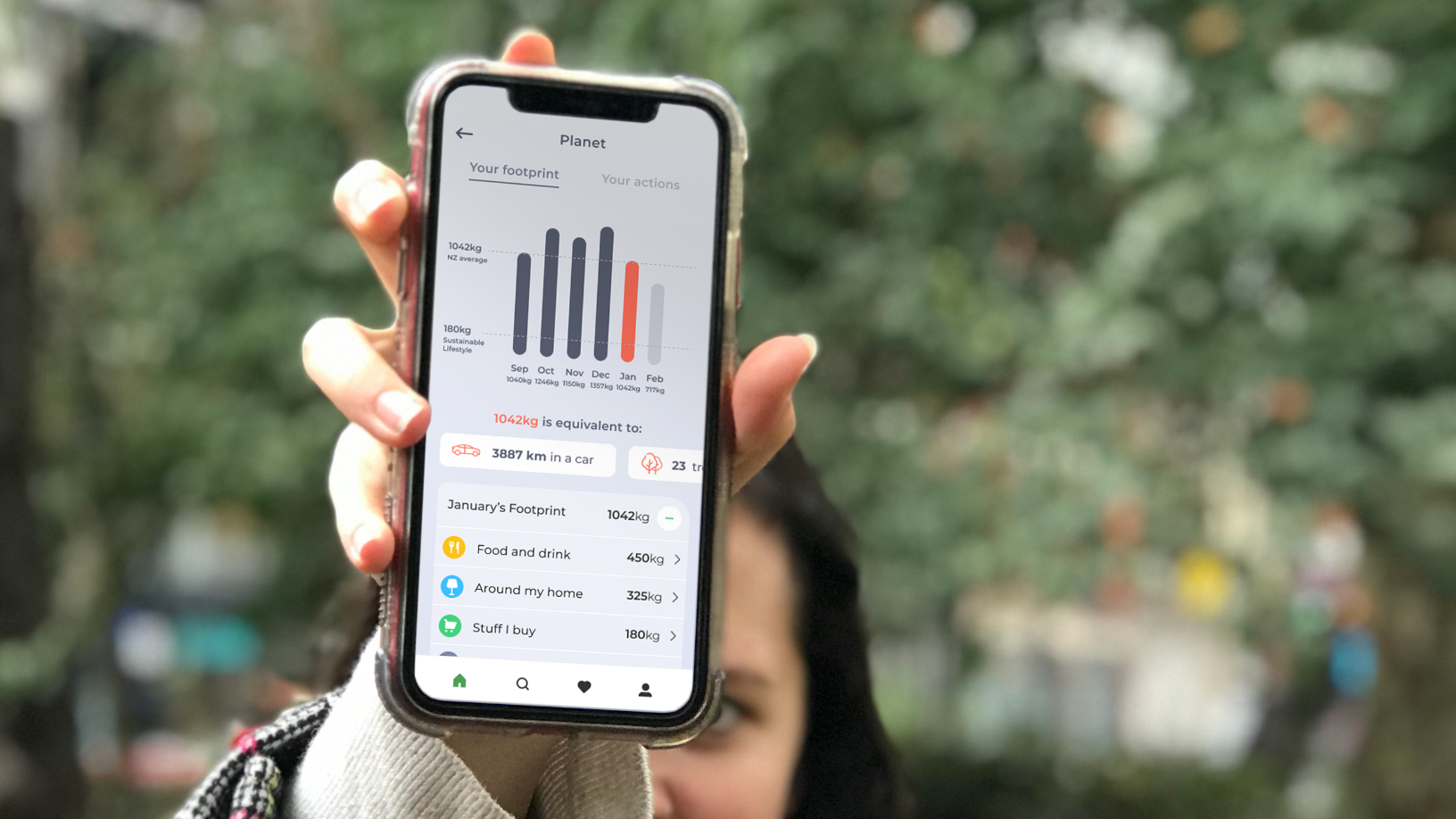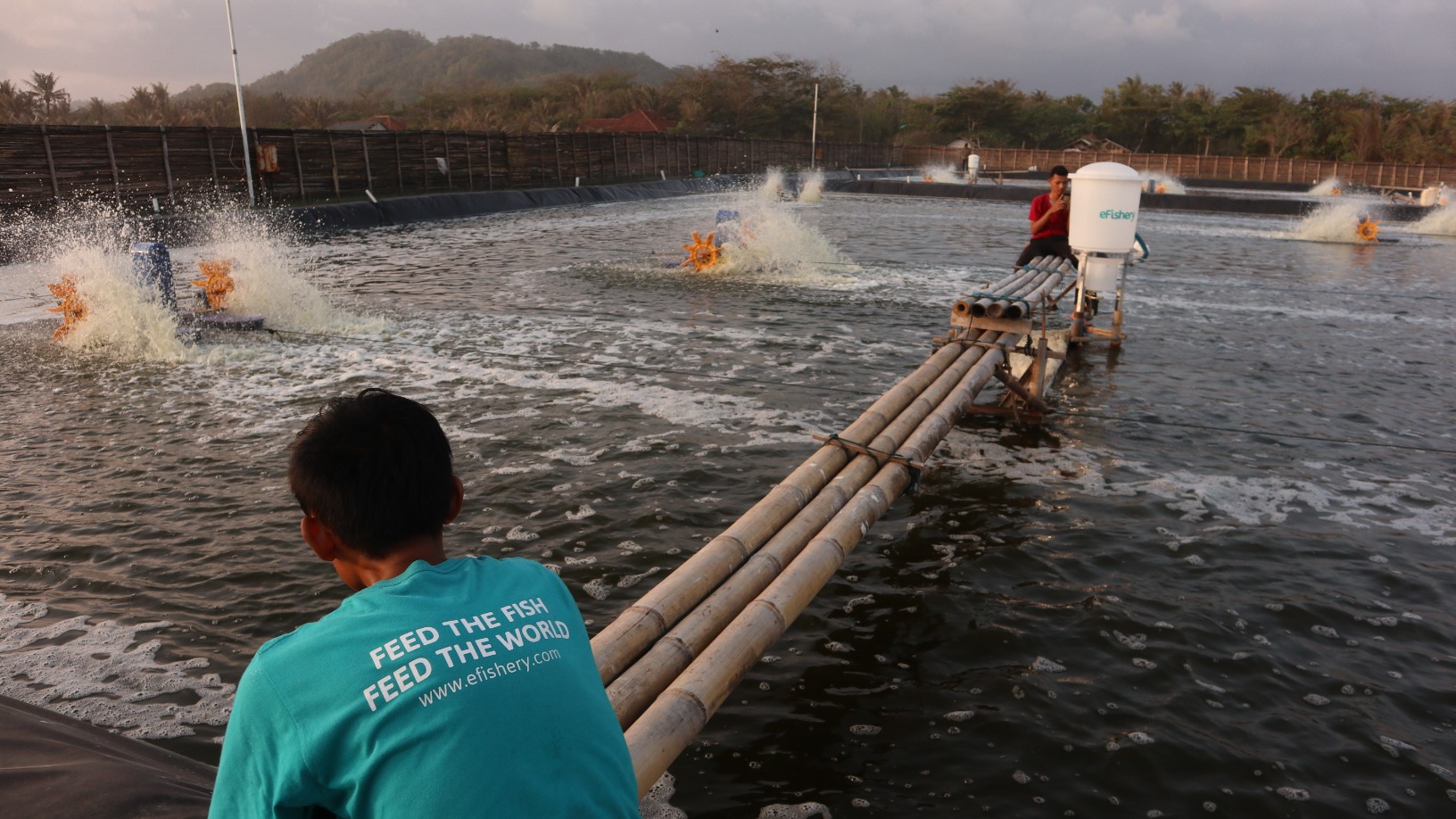"Generation Z has, until now, been ignored by charitable organizations when collecting donations for benevolent causes because they do not respond to traditional fundraising models," said Be Helpie Co-Founder and CEO Miguel Pueyo. Be Helpie's app, he asserted, not only provides a third mode of fundraising – in addition to media campaigns and "chuggers," or street sign-ups, but is the only method of targeting teenagers that works.
Established in September 2016, the startup specifically designed its content-providing app for teenagers and young adults, a demographic "where we wanted to have a social impact from day one, not after we became developed," said Pueyo.
The former owner of a coworking center and a small publishing house, Pueyo said that the idea for Be Helpie came to him out of the blue one day, something "groundbreaking yet scaleable" – unlike his bricks-and-mortar businesses. That same day, he explained his idea to his two business partners and suggested closing shop. To his surprise, they agreed. After two months and with the initial €90,000 the trio raised, they produced a minimum viable product (MVP) of Be Helpie.
Users of Be Helpie, an entertainment content app designed specifically for 16- to 25-year-olds, make payments to charities in order to participate in competitions tailored to their individual interests. Users will likely continue to donate via the app as long as it provides more content and competitions that are of interest to them. Be Helpie now works with two of Spain's biggest names in the charity sector: Real Madrid Foundation and La Caixa Foundation.
Pueyo told Compasslist that it was really quite easy to get the support of NGOs because "they know that have a problem communicating, especially with the young." He noted that the traditional fundraising model, which tends to be "very wordy, not very visual and asking for help", simply does not resonate with the young.
“We don't ever ask our audience for help and we always use positive communication – not negative, about a subject which interests them,” he said. "The companies who approach us do so knowing we excel at communicating with Generation Z."
Teen support
Generation Z is the primary target of the app – though it is also aimed at millennials – because in addition to caring about social issues, this demographic has not been engaged before and represent an, as yet, untapped market segment for the charity sector. Pueyo cited the example of his Generation Z child educating him about recycling.
He said: "Generation Z kids see the need for change all around them and want to make an impact on their surroundings in every way, not just by giving money to a remote cause."
Mindful that teenagers do not have the spending power of other age groups, Be Helpie charges users between €1 and €3 to participate in its competitions, sending the money to the charity that each contest is associated with. Push notifications inform users of competitions associated with subjects that they are interested in, and that are usually related to entertainment rather than charitable causes.
After a user decides to participate in a competition, they are told about the cause it is aligned to and after participating, they are taken to the 'cause' section of the app. Users can also enter this section without taking part in a competition and donate directly. "You follow what you like and enjoy doing and when you enter your area of interest, we will show you the related social cause," Pueyo said.
Be Helpie is now in its second year of life, has a team of six employees and has received a total of €300,000 in funding from a "group of trusted local business people and entrepreneurs". The app now has some 30,000 users, of whom 5,000 use the app on a daily basis or every two days. Advertising on FaceBook as well as a design completely targeted at young people drove the initial user sign-ups.
The app tracks each user's particular interests, such as sports, technology or music, and then provides them with relevant content and competitions generated by Be Helpie. Instead of new signups, the startup has focused on boosting the engagement of existing users via content optimization, and that has paid off in paving the foundations for its projected growth. Users now give five times more to causes and spend four times longer on the app than they did six months ago. The company has just broken even and it said in the next two to three months, it will be profitable as €0.7 will be generated per user session.
Profitability, expansion
Be Helpie's business model consists of each participating NGO, of which there are seven at present, paying a commission of the amount raised to the company, in accordance with their leverage in the campaign. Small NGOs pay 30% of the amount raised back to Be Helpie and have their content and prizes provided by the company, while Real Madrid Foundation pays a 5% charge as it donates match tickets and signed shirts in its competitions as well as provide content to the app.
In the coming months, the company plans to seek another round of financing of €250,000 for marketing purposes to reach 100,000 users by 2020. It is looking to a mix of funding vehicles, including an equity loan, business angels and a venture capital firm, to each provide €50,000 to 100,000.
The startup will continue to use artificial intelligence to optimize content for users – it does not store any of their data besides their email addresses, and insists that age or sex-based marketing does not work in any case. It has also started to introduce new features aimed at further increasing interaction, such as challenges, differing membership levels dependent on engagement, and incentives like giving a certificate for €50 after an initial €50 is spent within the app. Micro-influencers with less than 10,000 users following them are also being employed to drive new sign-ups.
“Credibility is the most important thing when it comes to convincing people and that's why we use micro-influencers," Pueyo said. "Their followers believe them if they promote a product as compared to a celebrity influencer with two million followers. Users interact more with micro-influencers too. Our growth model follows a similar approach," he added, "whereby we are not looking for short-term speculative investment. We are scalable, realistic and not overambitious."
Once it has 100,000 users, Be Helpie said it would expand overseas to markets with a similar fundraising model as Spain's, especially Portugal and Italy, and that it did not need further funding rounds. The same approach, however, is not applicable in markets, such as the UK and US, which have different regulations governing charities and fundraising behavior.










